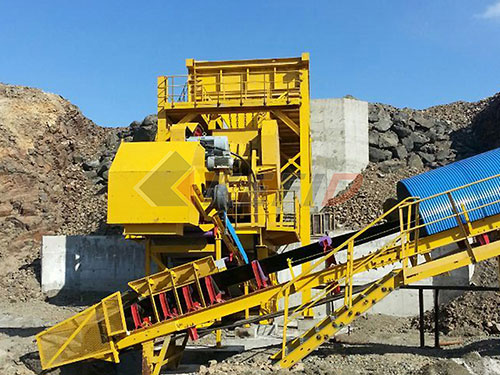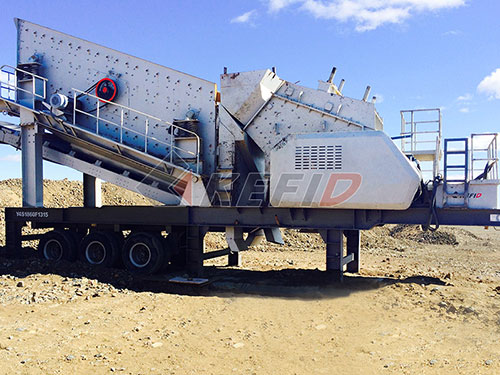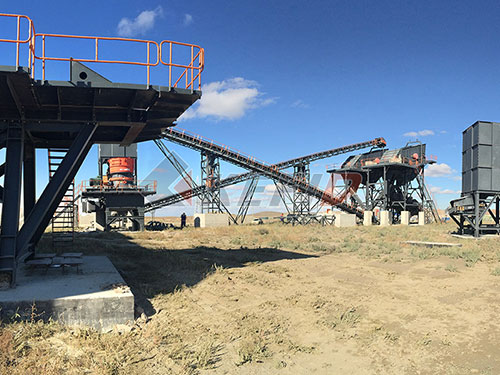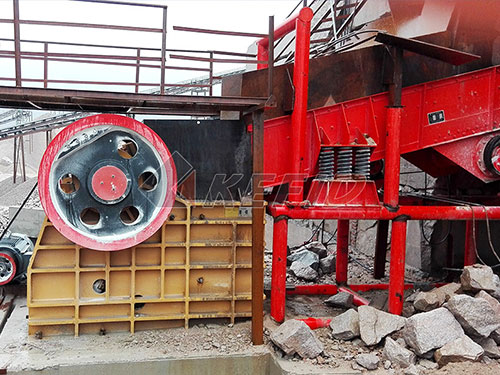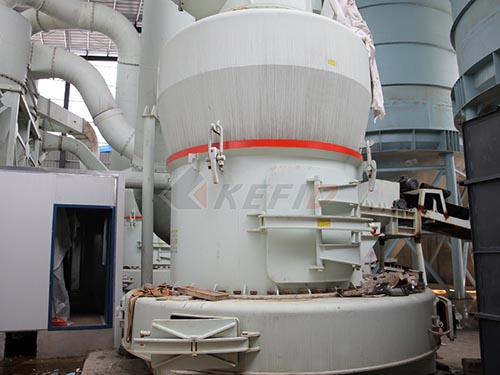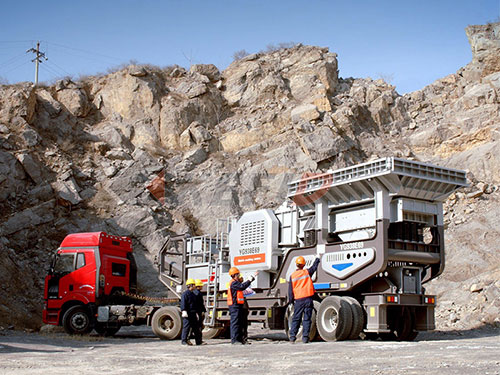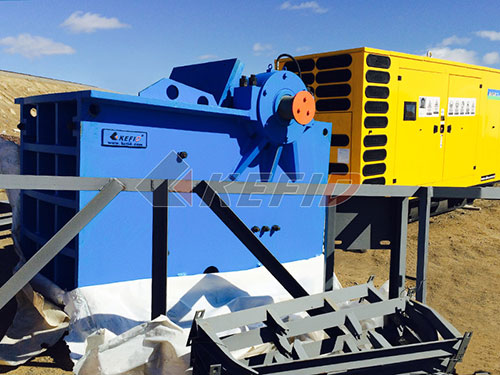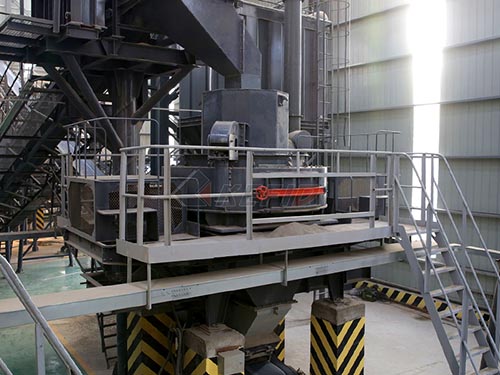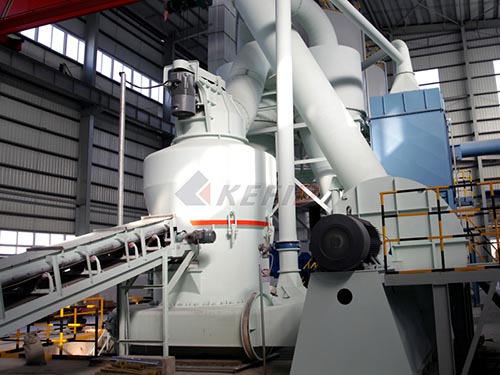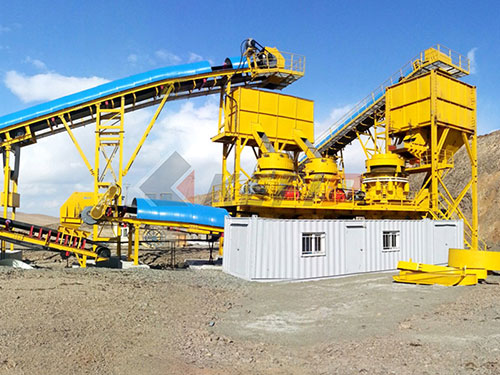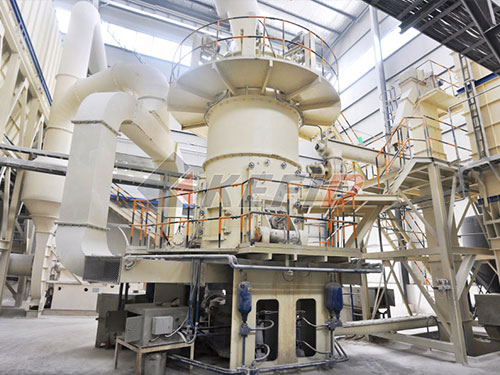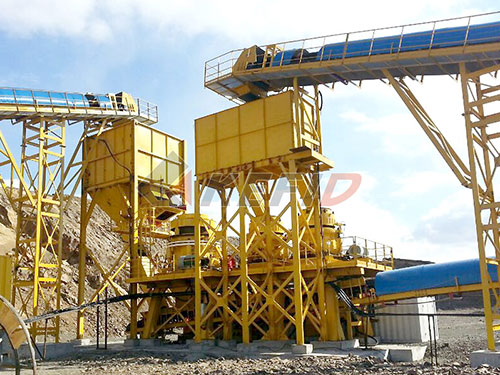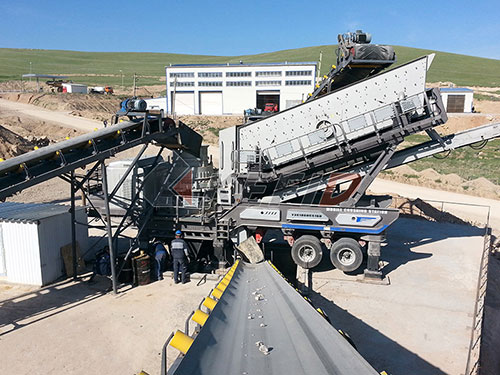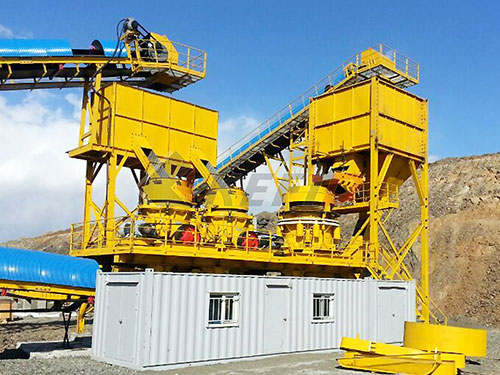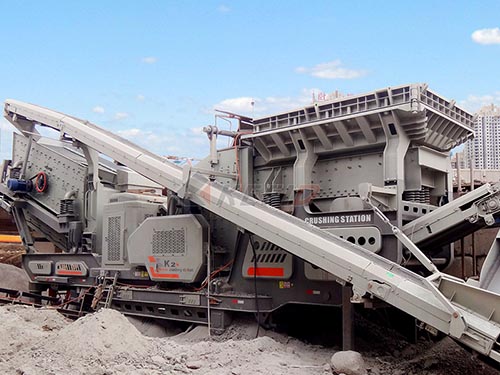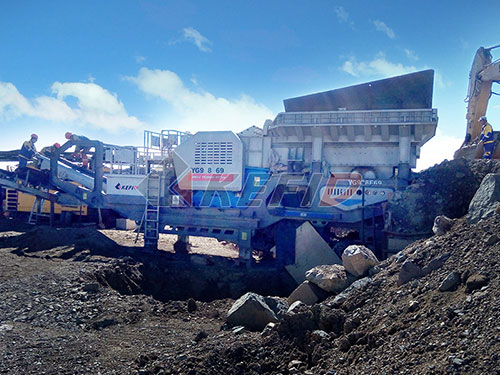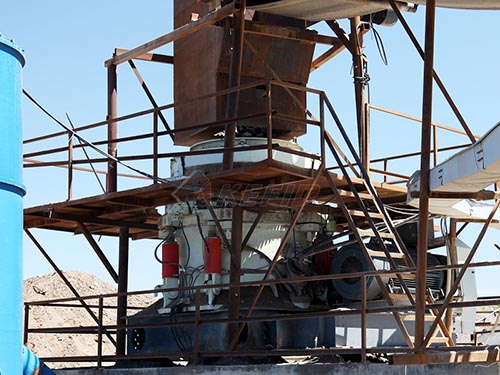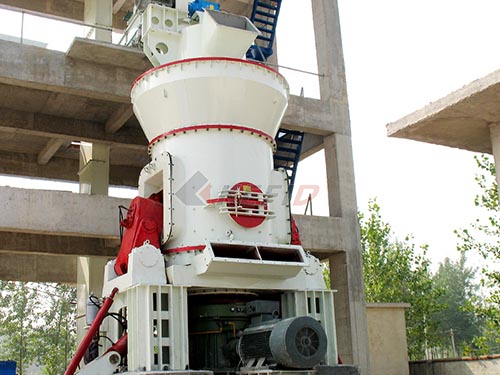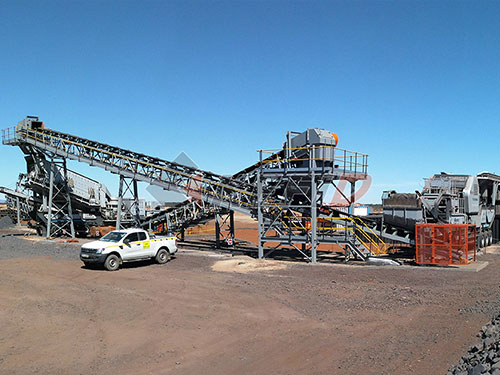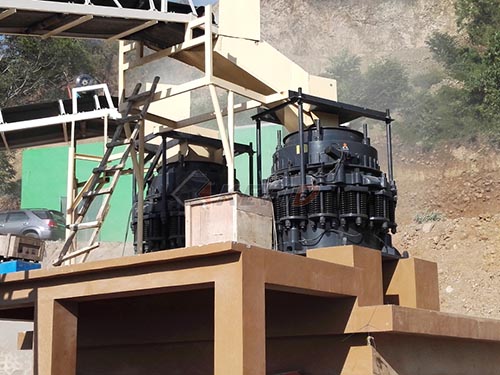How Cone Crushers Work: The Engineered Power of Size Reduction
Cone crushers are fundamental workhorses in the aggregates, mining, and recycling industries, tasked with efficiently reducing large rocks and ore into smaller, more manageable sizes. Their robust design and unique operating principle make them ideal for secondary, tertiary, and quaternary crushing stages. Understanding how a cone crusher functions reveals the elegant engineering behind its powerful size reduction capability.
The Core Principle: Compression Crushing
Unlike impact crushers that use sudden force to break material, cone crushers operate primarily through compression. Material is squeezed between two heavy surfaces – a moving element and a stationary element – until it fractures along natural fault lines.
Components:
1. Mantle: This is the moving conical surface attached to the main shaft (eccentric). It gyrates within the concave.
2. Concave (Bowl Liner): This is the stationary outer surface, often shaped like an inverted cone. It provides the surface against which the mantle crushes the material.
3. Main Shaft & Eccentric Assembly: The heart of the motion. The main shaft is mounted off-center within a large eccentric bushing or gear. As this eccentric rotates (driven by belts/pulleys or directly by a motor), it imparts an oscillating, gyratory motion to the mantle attached to the top of the shaft.
4. Crushing Chamber: The space formed between the mantle and concave where rock is compressed and broken.
5. Feed Hopper/Distributor: Guides incoming material evenly into the crushing chamber around the top of the mantle.
6. Hydraulic System (Modern Crushers): Provides several critical functions:
Adjusting the Crusher Setting (CSS – Closed Side Setting): By raising or lowering the main shaft assembly hydraulically, operators can increase or decrease the gap at the bottom discharge point between the mantle and concave. This directly controls the size of the crushed product output.
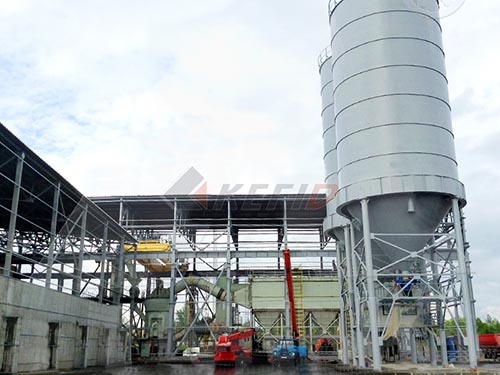
Overload Protection (Tramp Release): If uncrushable material (tramp metal) enters, powerful hydraulic cylinders allow the entire upper assembly (mantle and shaft) to lift slightly (“tramp”), opening wider than usual to eject the object before lowering back automatically to its set position.
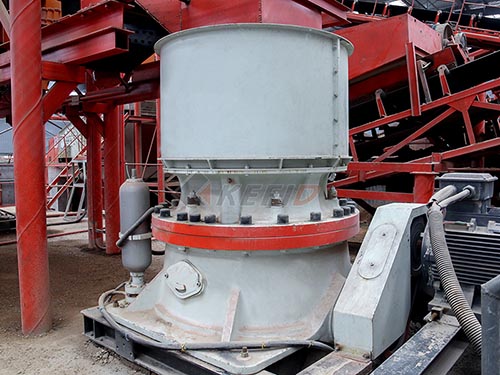
Clearing Blockages (“Cavity Clearing”): Allows rapid lowering of the main shaft to open up
